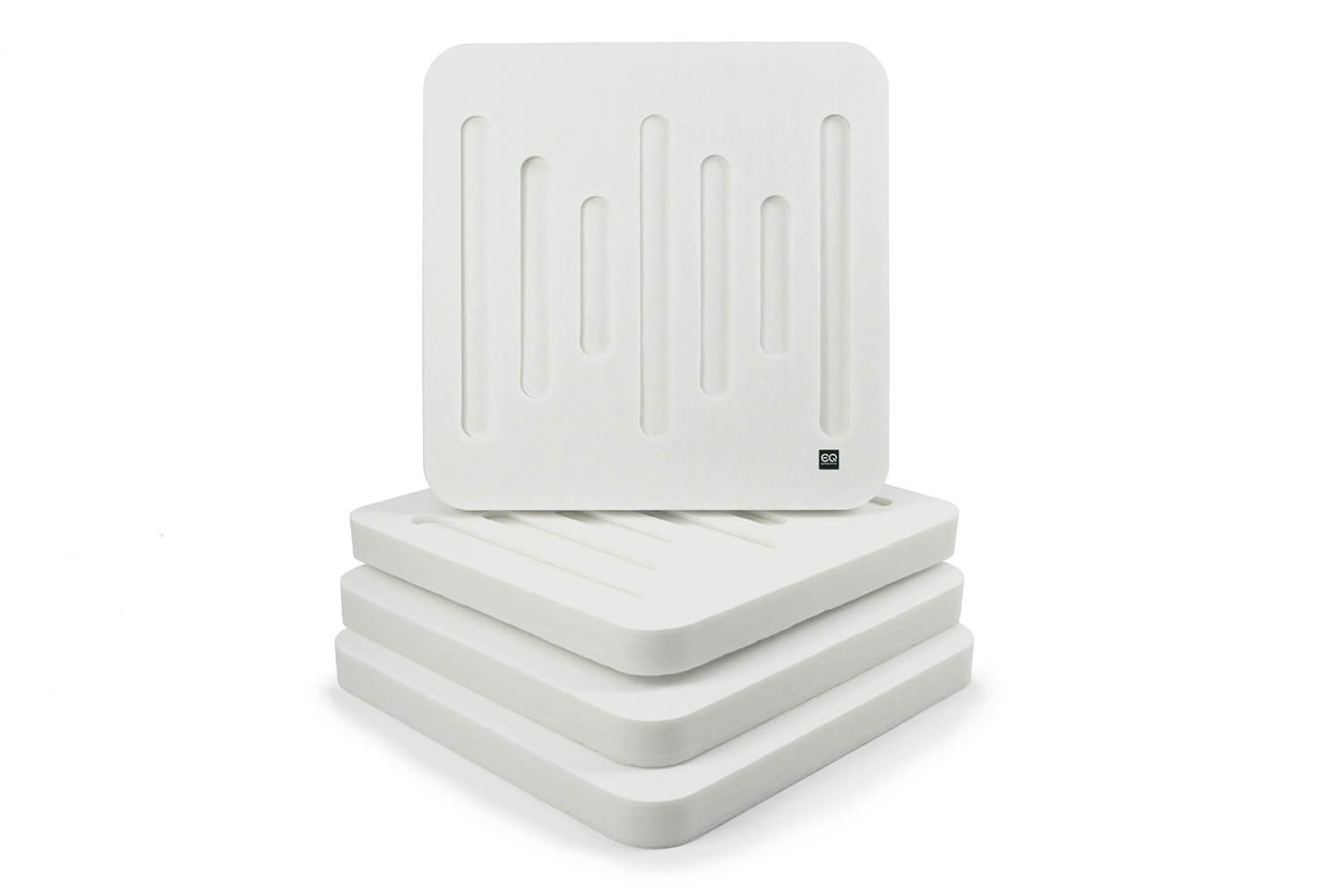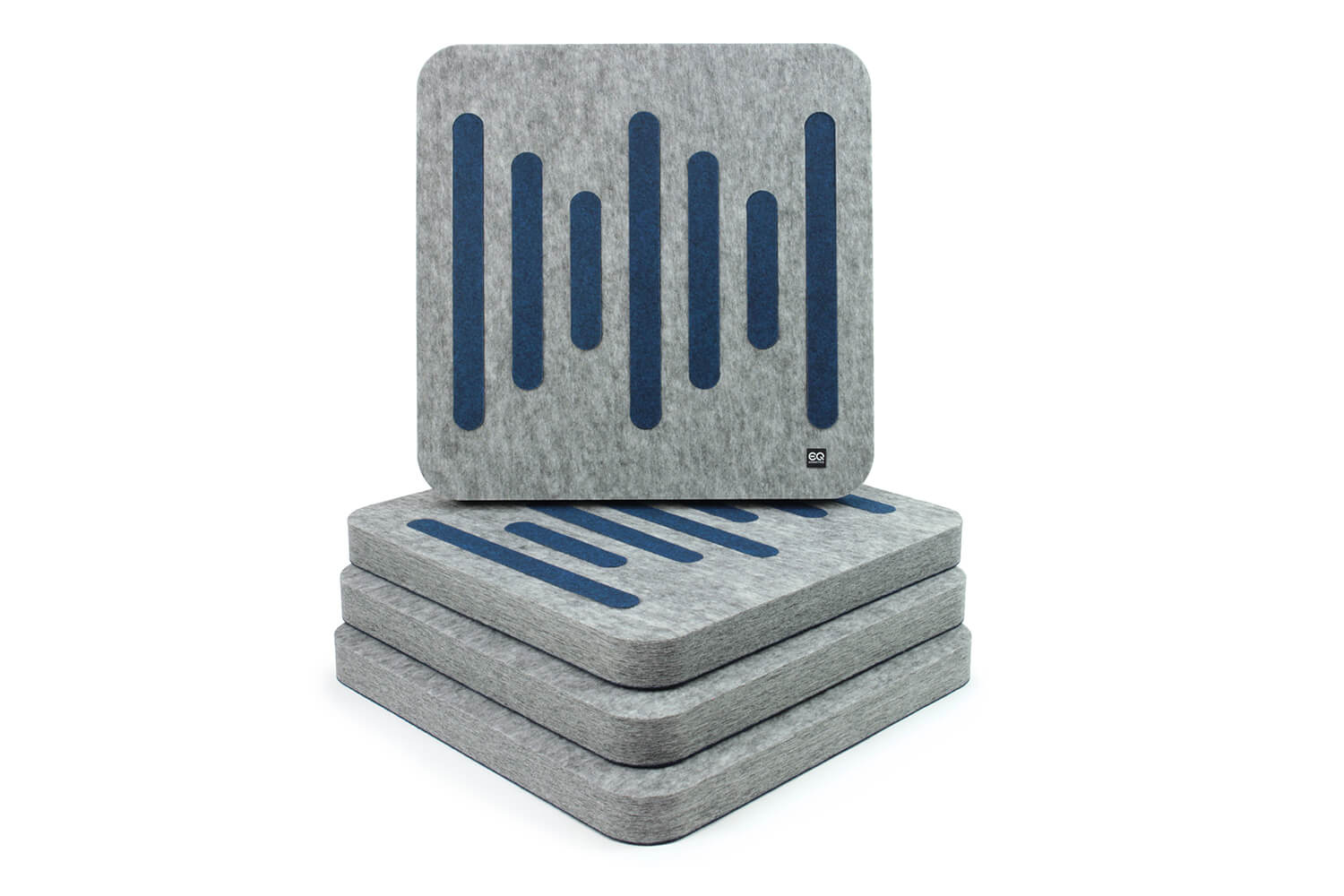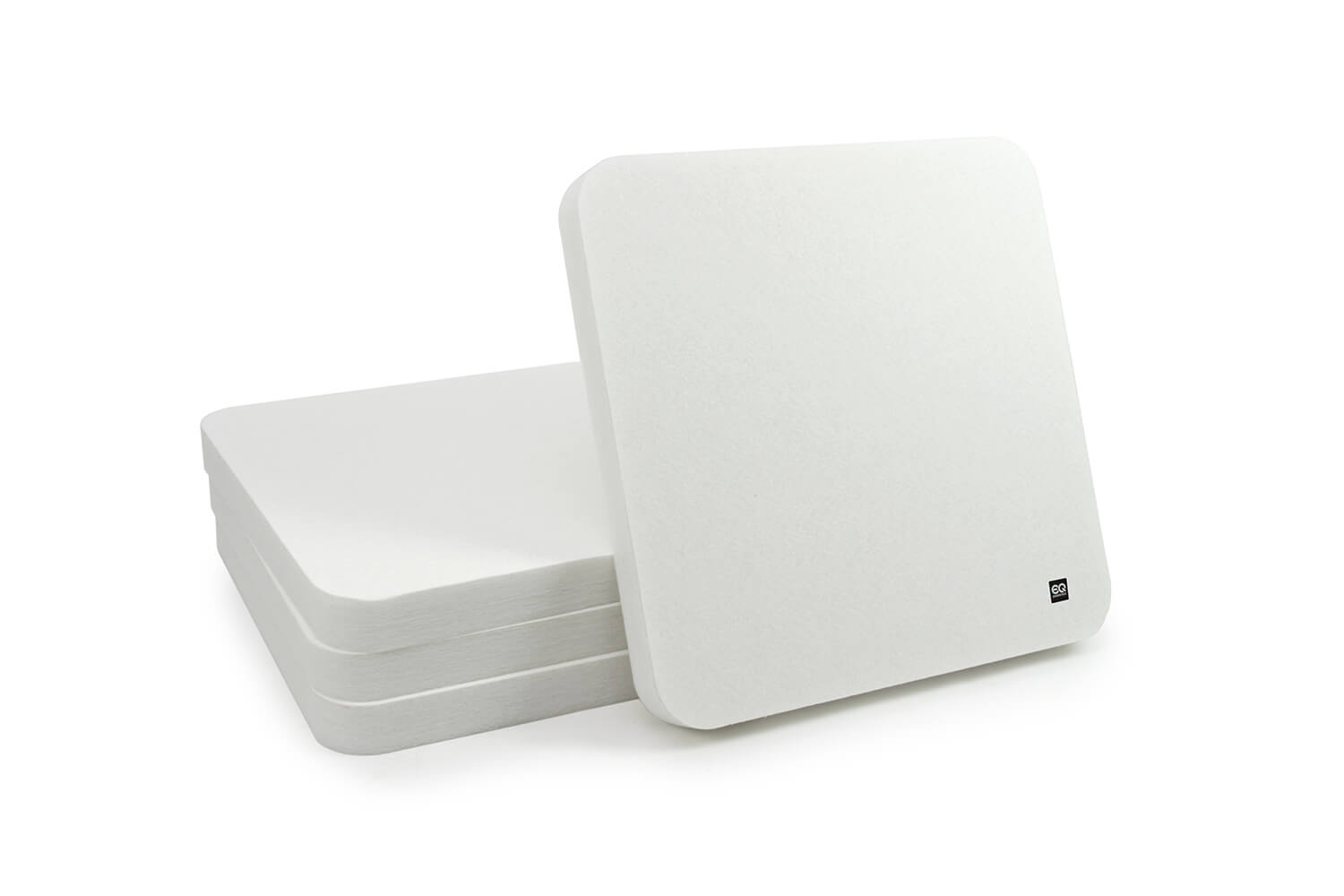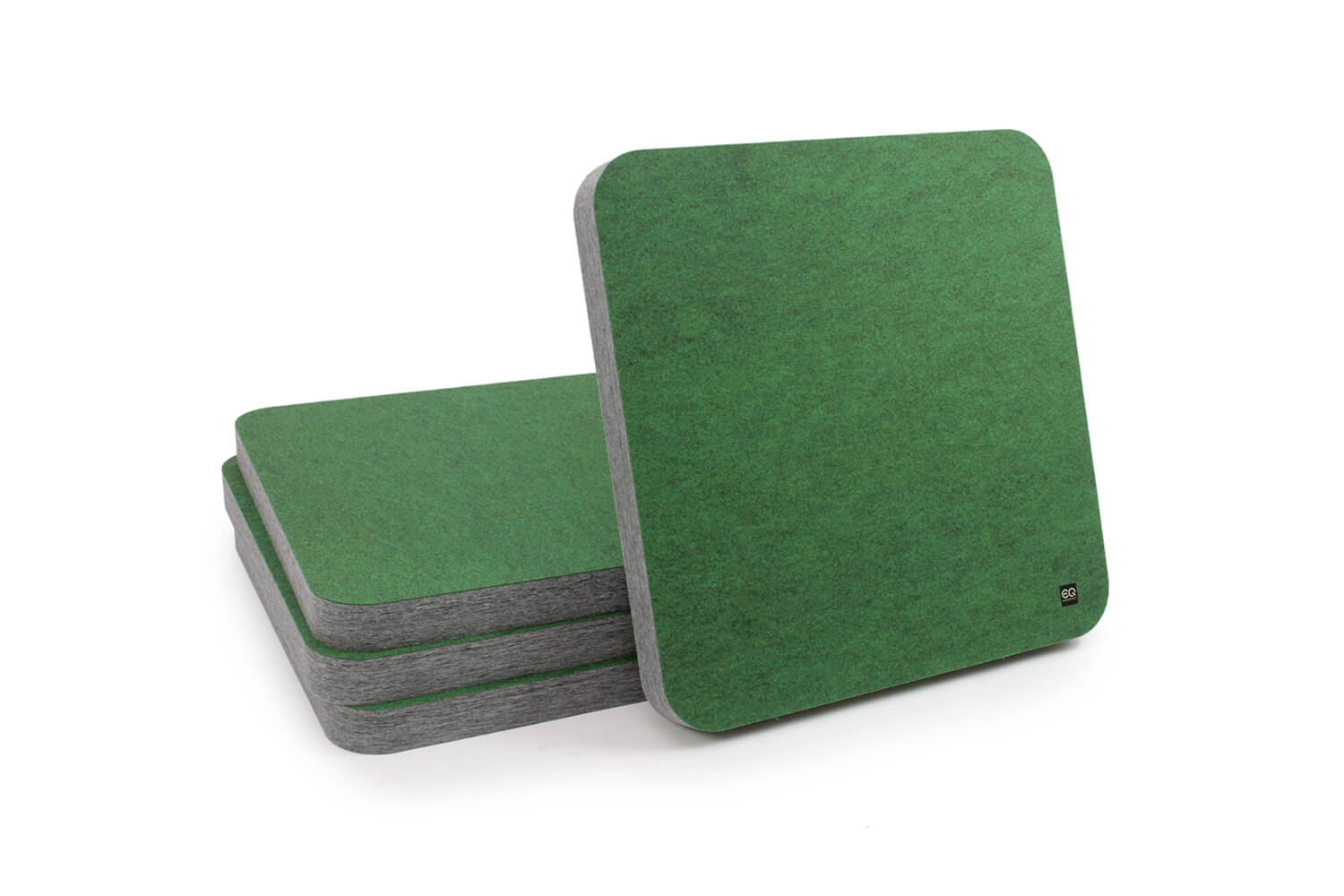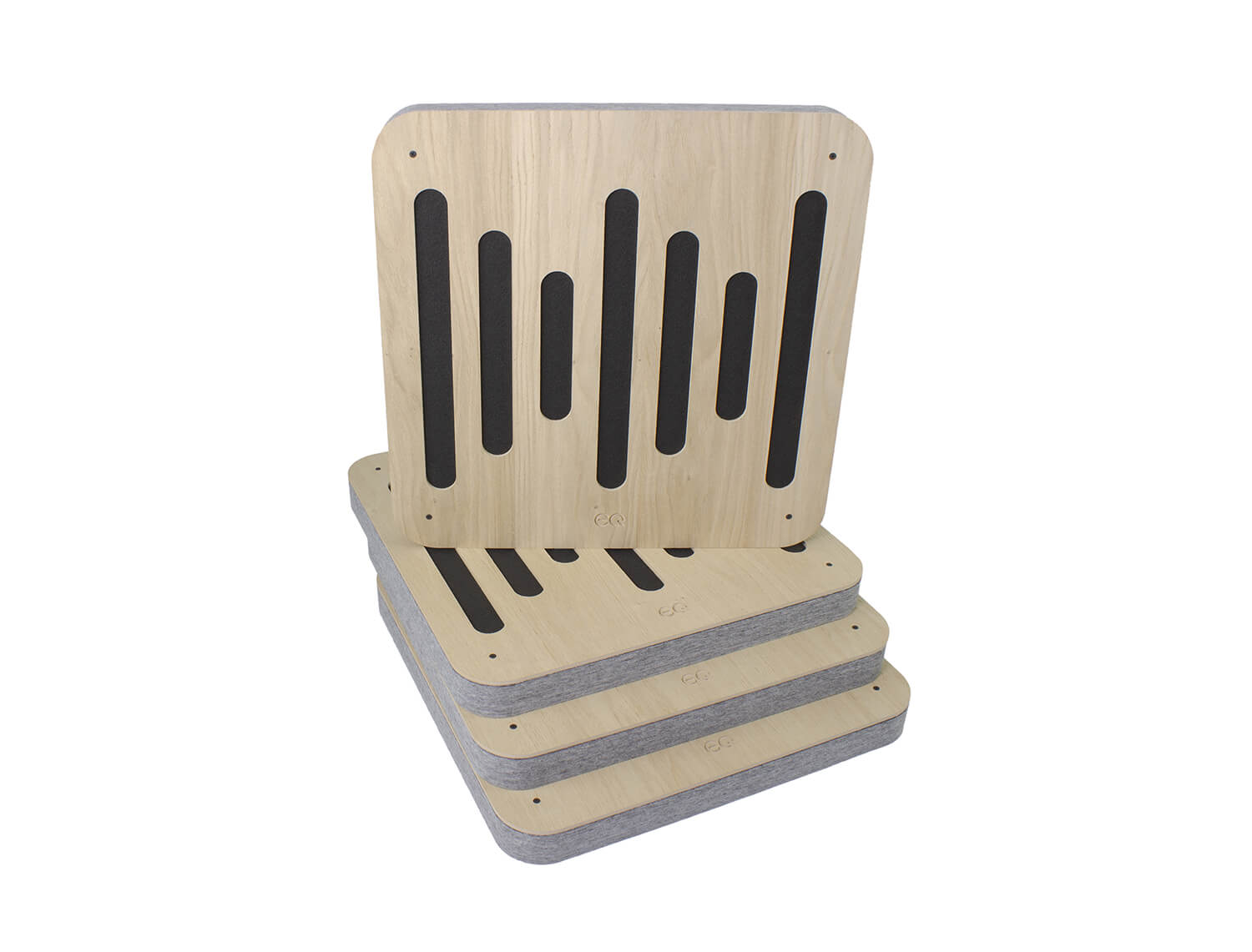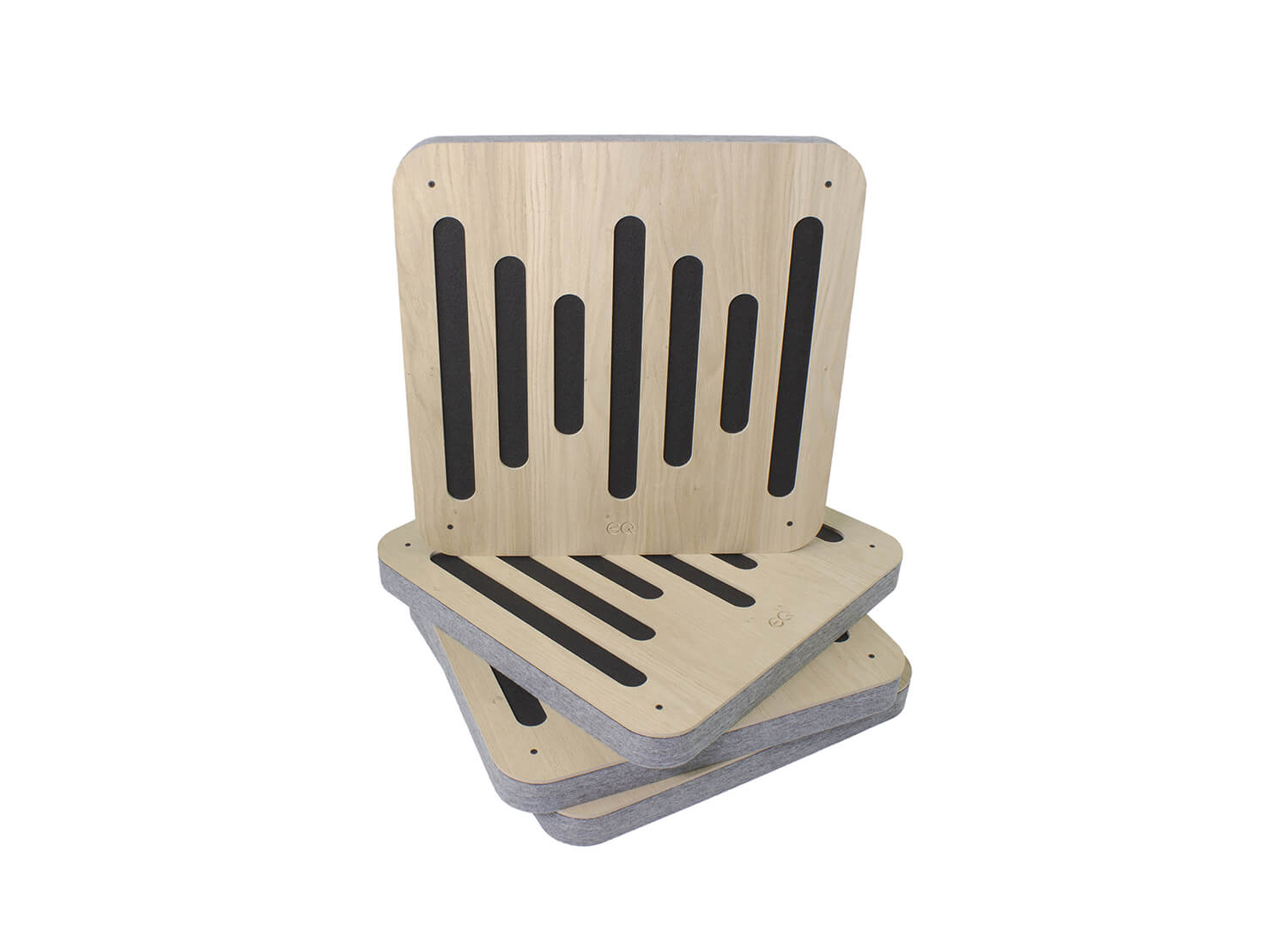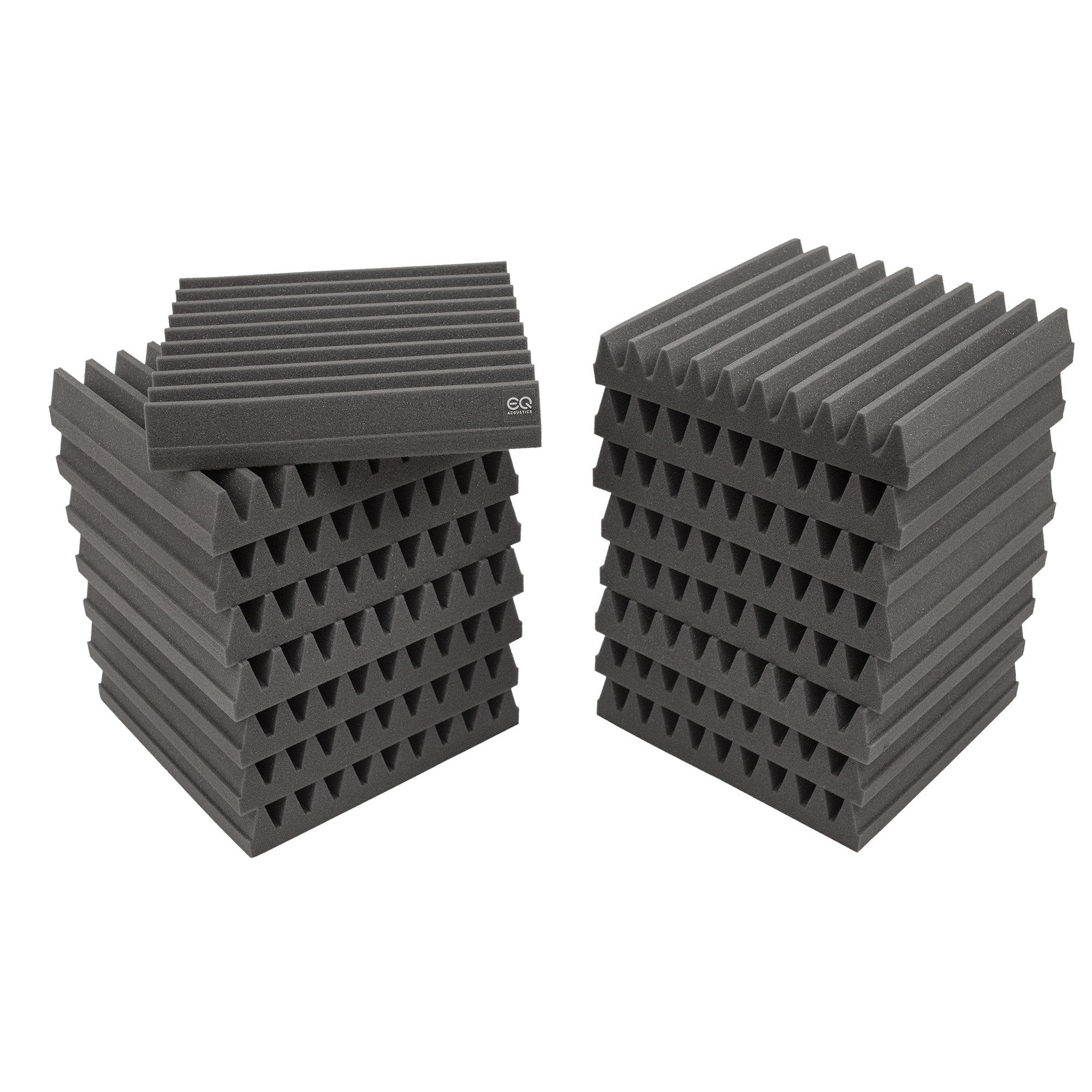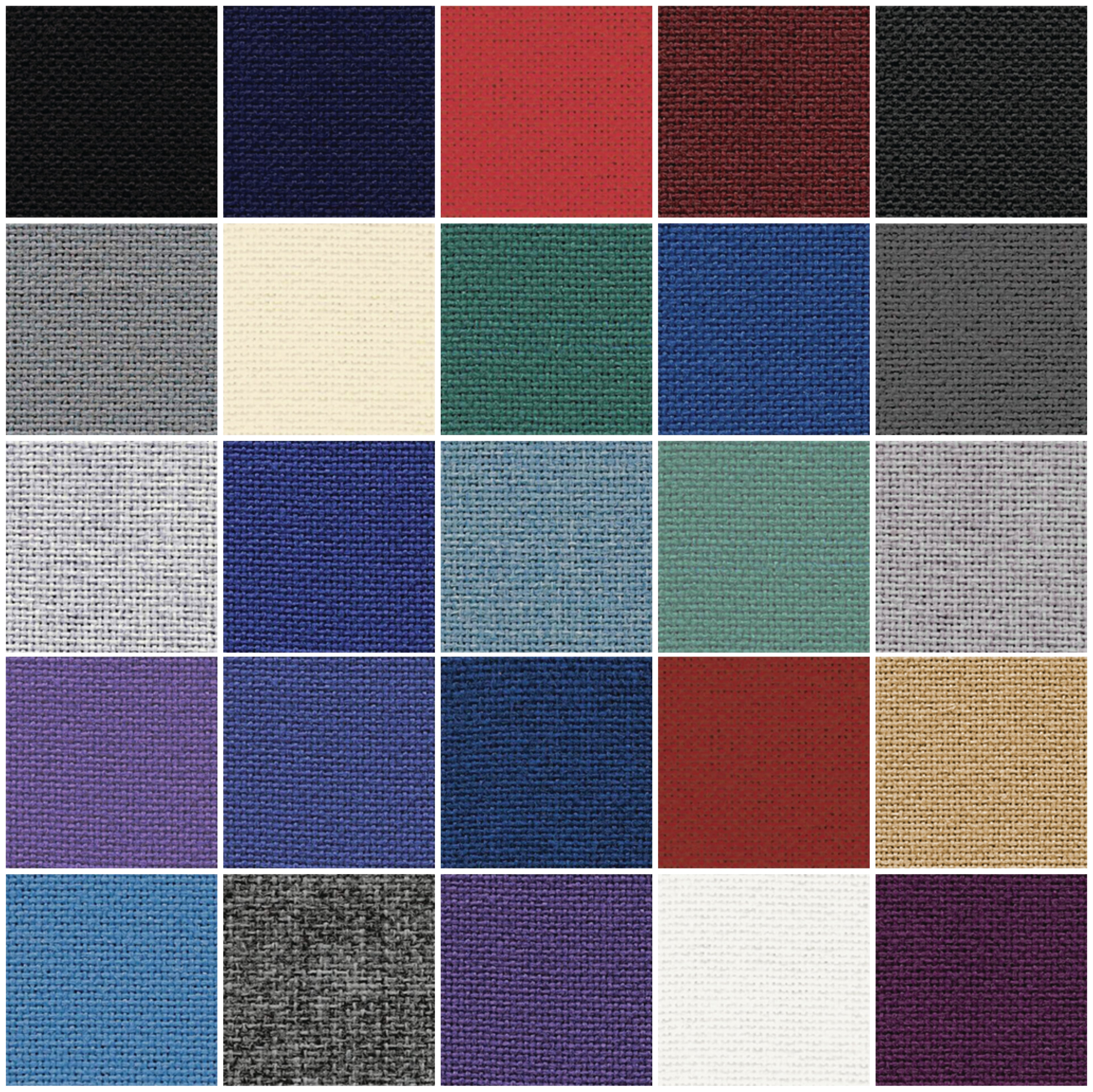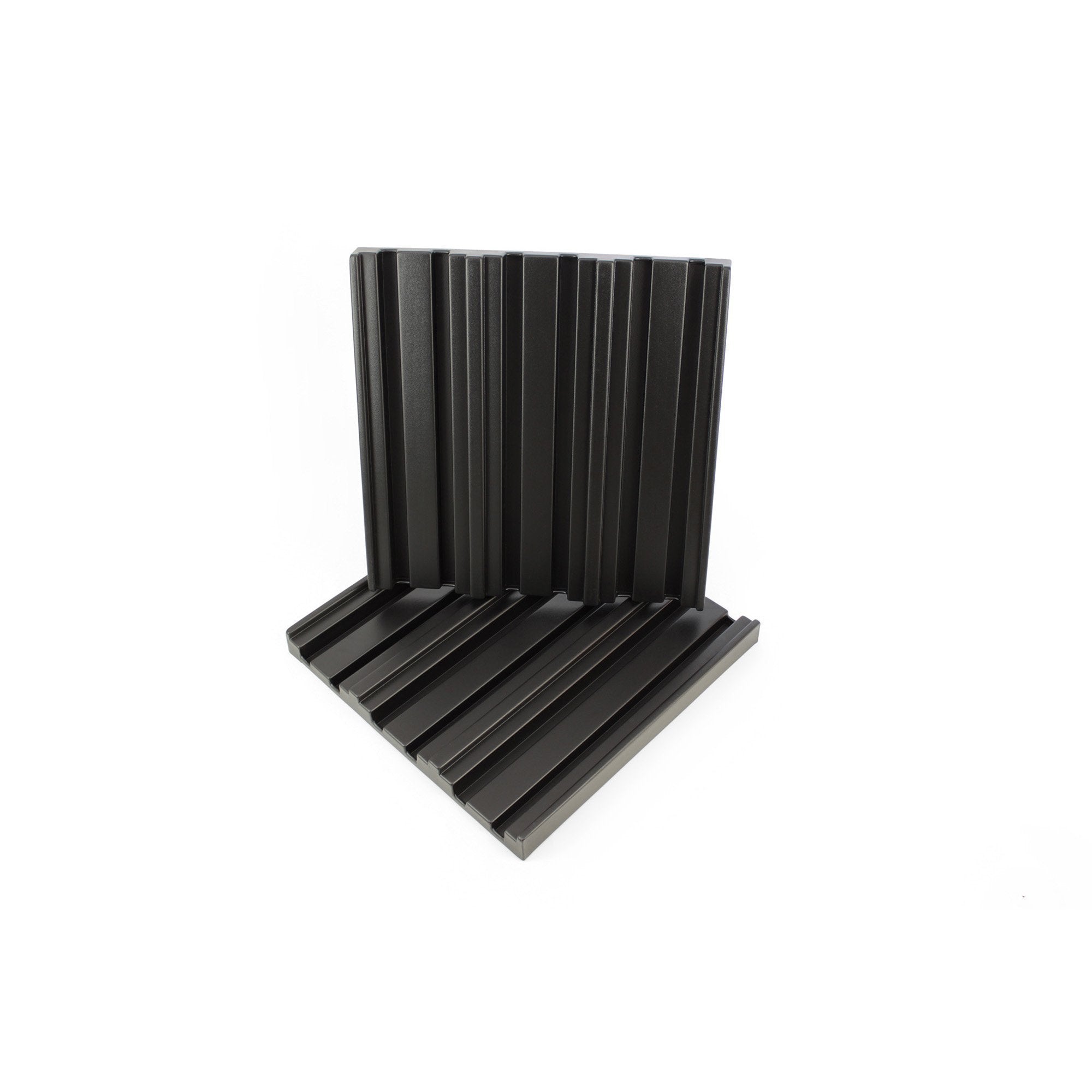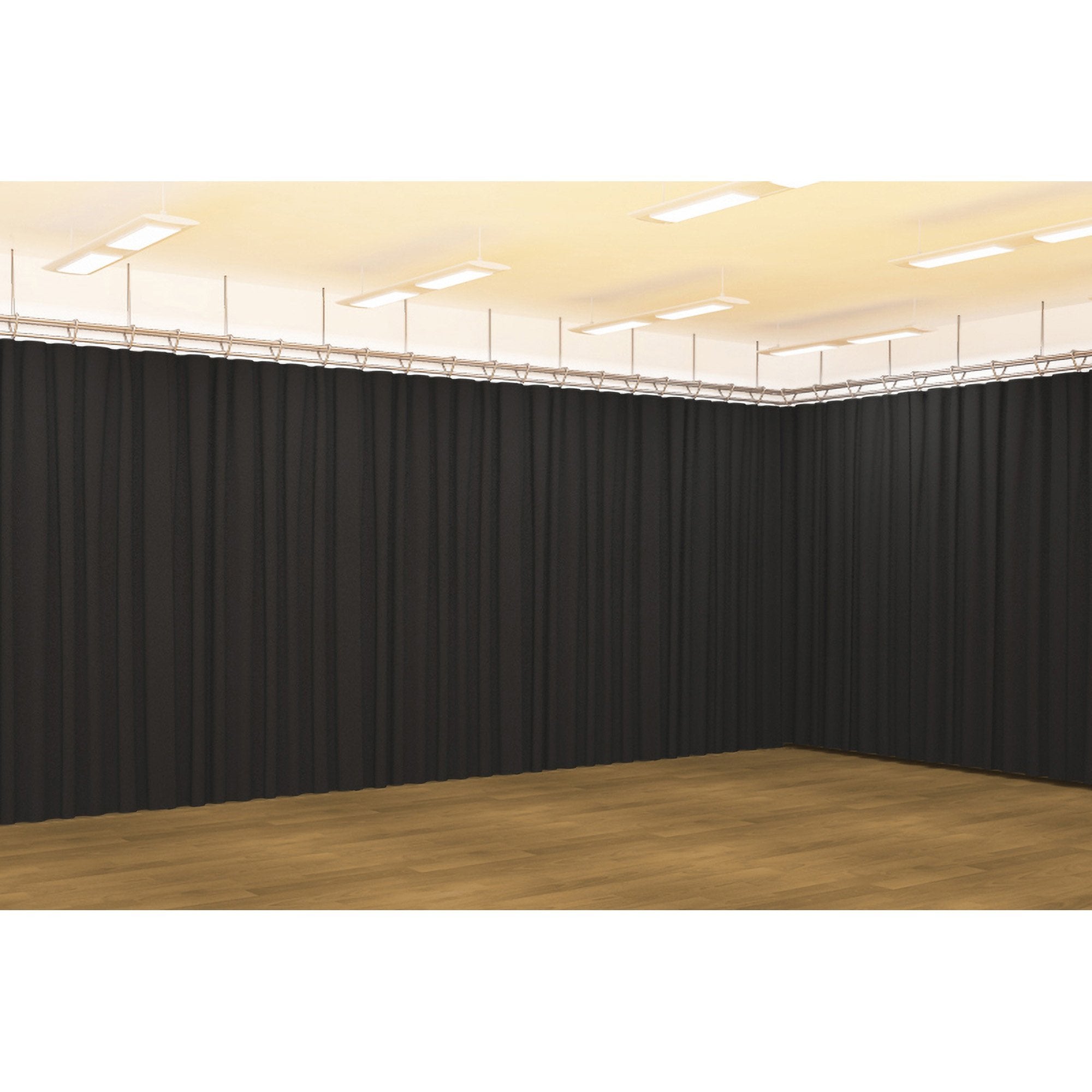Understanding Acoustic Treatment vs Soundproofing
When diving into the world of acoustics, it's easy to confuse two essential concepts: soundproofing and acoustic treatment. While they may seem similar, they serve vastly different purposes.
Soundproofing is the process of preventing sound from entering or leaving a space. It typically involves building work, and adding mass to structures. This often means adding extra layers of plasterboard onto walls or installing heavy secondary glazing to block noise through windows. Imagine living beside a bustling street; soundproofing would be the method you'd employ to keep the noise of traffic from invading your quiet sanctum.
On the other hand, acoustic treatment focuses on improving the sound within a space. This is where acoustic panels come into play. These panels are designed to enhance audio quality inside a room by managing reflections and reverberations. They absorb sound waves to reduce echoes, ensuring that sound remains clear and pristine. If you've ever been in a room where every word seems to bounce around, that's a room that would benefit from acoustic panels.
In essence, while acoustic panels play a pivotal role in refining sound quality within a room, they aren't designed to block external noise.
Purpose of Acoustic Panels
Acoustic panels are more than just decorative items for your walls; they serve a critical purpose in shaping the sound environment within a room. Their primary function is to absorb sound waves, significantly reducing echoes and reverberation. This not only leads to a noticeable improvement in sound clarity within the room but also provides a more controlled audio environment.
For those engaged in creative pursuits like music production, podcasts, or filmmaking, the importance of acoustic panels cannot be overstated. These panels can drastically improve audio accuracy, ensuring that what is recorded or played back is a true representation of the intended sound. By mitigating unwanted sound reflections, they help creators capture or reproduce sound without interference, leading to a more authentic and clear audio experience.
In non-creative settings, such as offices or homes, acoustic panels can be equally beneficial. By absorbing excess sound, they can lower overall noise levels. This creates a more conducive environment for concentration, making tasks like reading, studying, or even just relaxing more enjoyable. A room treated with acoustic panels can become a sanctuary of calm, free from the distractions of echoes and the discomfort of loud reverberations.
Materials, Energy, and the Role of Acoustic Panels
Acoustic panels, primarily made of porous materials like PET fibre or foam, are tailored to absorb sound reflections. These reflections, while bothersome, possess minimal energy, making them easily captured by such materials.
In comparison, direct sound, such as music booming from speakers, carries far more energy. To effectively block it, denser, high-mass materials are essential. While acoustic panels excel at managing internal reflections, they aren't designed to counteract the robust energy of direct sounds. This distinction underscores their role in enhancing sound quality, not soundproofing.
Introduction to Soundproofing
Soundproofing is the science of containing noise. Central to understanding soundproofing is the principle known as Mass Law. Simply put, the Mass Law states that by doubling the mass of a barrier, the amount of noise transmitted through it is halved. This is why heavy materials, such as plasterboard and mass-loaded vinyl are frequently used in soundproofing efforts.
Beyond just adding mass, there are other techniques and materials involved in soundproofing. These include insulation, decoupling methods, and damping techniques. Each plays a unique role in creating an environment that's shielded from external noise or in preventing sound from escaping a room, ensuring peace and tranquillity or maintaining privacy.
Effective Soundproofing Techniques
Achieving optimal soundproofing often requires a combination of techniques. One of the most effective methods revolves around the "mass-spring-mass" principle. This involves sandwiching a springy layer, normally acoustic insulation, between two solid masses such as the plasterboard on each side of a wall. The insulation in the cavity acts as an absorber, damping resonance within the wall and reducing the level of sound that passes through to the other side.
Decoupling is another useful soundproofing tool. At its core, decoupling involves separating parts of a structure to reduce the direct transmission of sound vibrations. Resilient bars are a perfect example of this technique in action. These bars, made from a flexible material, are mounted perpendicular to the studs of a wall. When plasterboard is then attached to these bars, it's somewhat separated from the wall's main structure. Vibrations hitting the wall partly absorbed by these bars, reducing sound transmission in the process.

Conclusion
Soundproofing can be a significant investment. Before diving in, it's essential to acknowledge the complexity and cost involved. Hiring an acoustician can provide invaluable guidance, ensuring you make informed decisions. Their expertise can steer you towards the most effective materials and techniques for your specific needs.
It's vital to reiterate that acoustic panels and acoustic foam are designed to improve the sound within a room, not to prevent noise from travelling through walls. For true soundproofing, mass is the key ingredient.
FAQs
Acoustic panels primarily absorb sound waves, reducing echoes and reverberation within a room. This leads to improved sound clarity and a controlled audio environment, making them essential for enhancing audio accuracy in creative pursuits like music production and filmmaking. In non-creative settings, they help lower noise levels, promoting concentration and relaxation.
Acoustic panels are designed to manage internal sound reflections, which possess minimal energy. They are made of porous materials tailored to absorb these reflections. However, to block high-energy direct sounds, like noise from outside, denser, high-mass materials are needed. Thus, while acoustic panels refine sound quality within a room, they aren't built to block external noise.
Absolutely. Combining soundproofing methods with acoustic panels can enhance both the internal sound quality of a room and its isolation from external noises. While the panels improve the audio environment inside, soundproofing techniques like adding mass, decoupling, and damping help shield the room from outside disturbances, or keep the noise in, depending on your needs.
No. While many acoustic panels are crafted from porous materials such as PET fibre or foam—designed to capture and convert low-energy sound reflections into heat—not all are the same. While items like thick curtains and carpets can offer some sound absorption, they aren't as effective as dedicated acoustic panels, especially at lower frequencies.
Decoupling involves separating parts of a structure to prevent the direct transmission of sound vibrations. An example of this is using resilient bars to somewhat separate plasterboard from a wall's main structure. Damping, on the other hand, involves reducing the resonance or vibration within structures, often by using specific materials or techniques, like the mass-spring-mass principle with insulation acting as the absorber.
Thicker acoustic panels generally offer increased low-frequency absorption. However, their thickness doesn't necessarily equate to better soundproofing or blocking of noise. As discussed in the article, the key to soundproofing is adding mass that reflects sound rather than just absorbing sound reflections.


